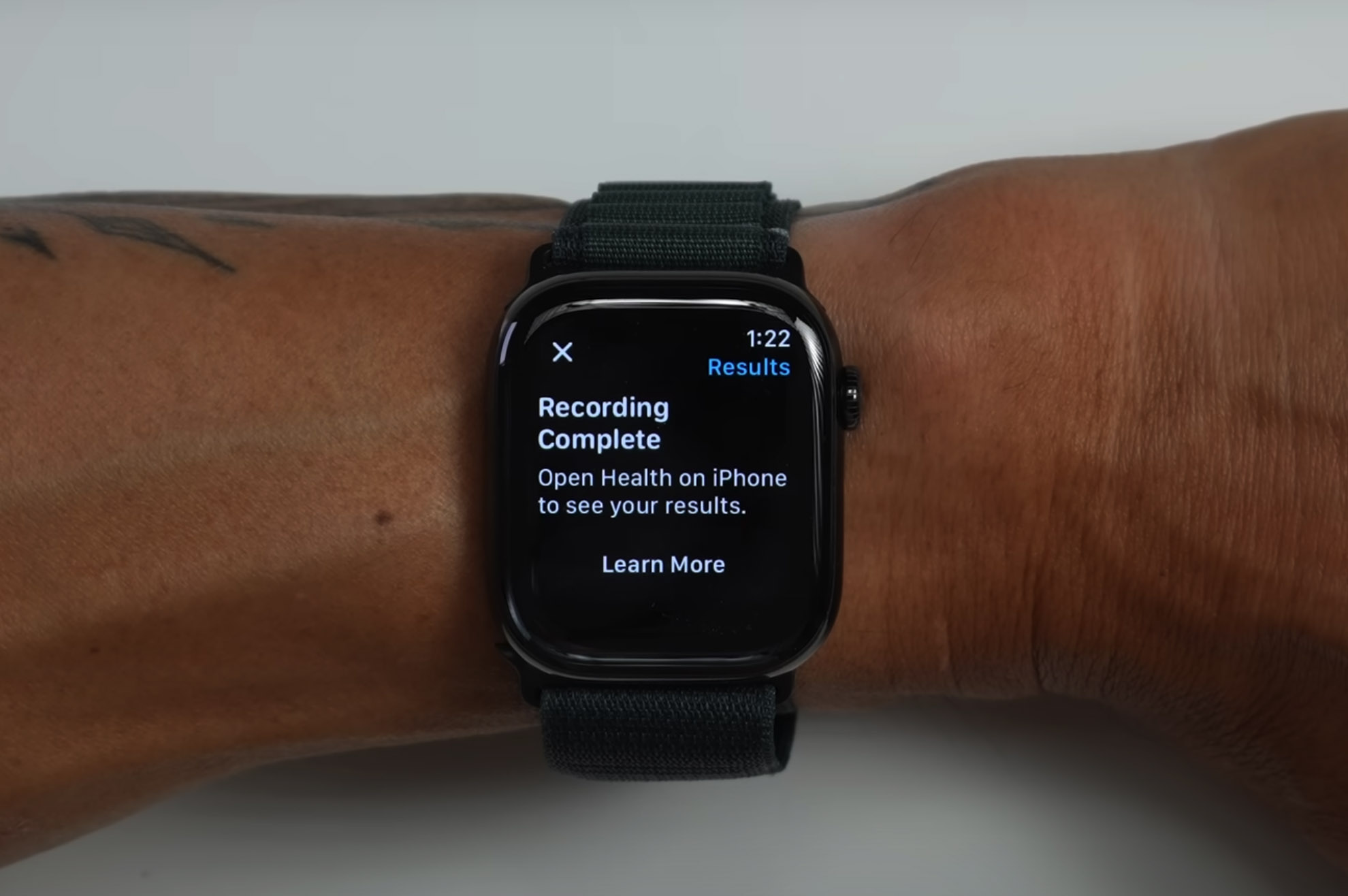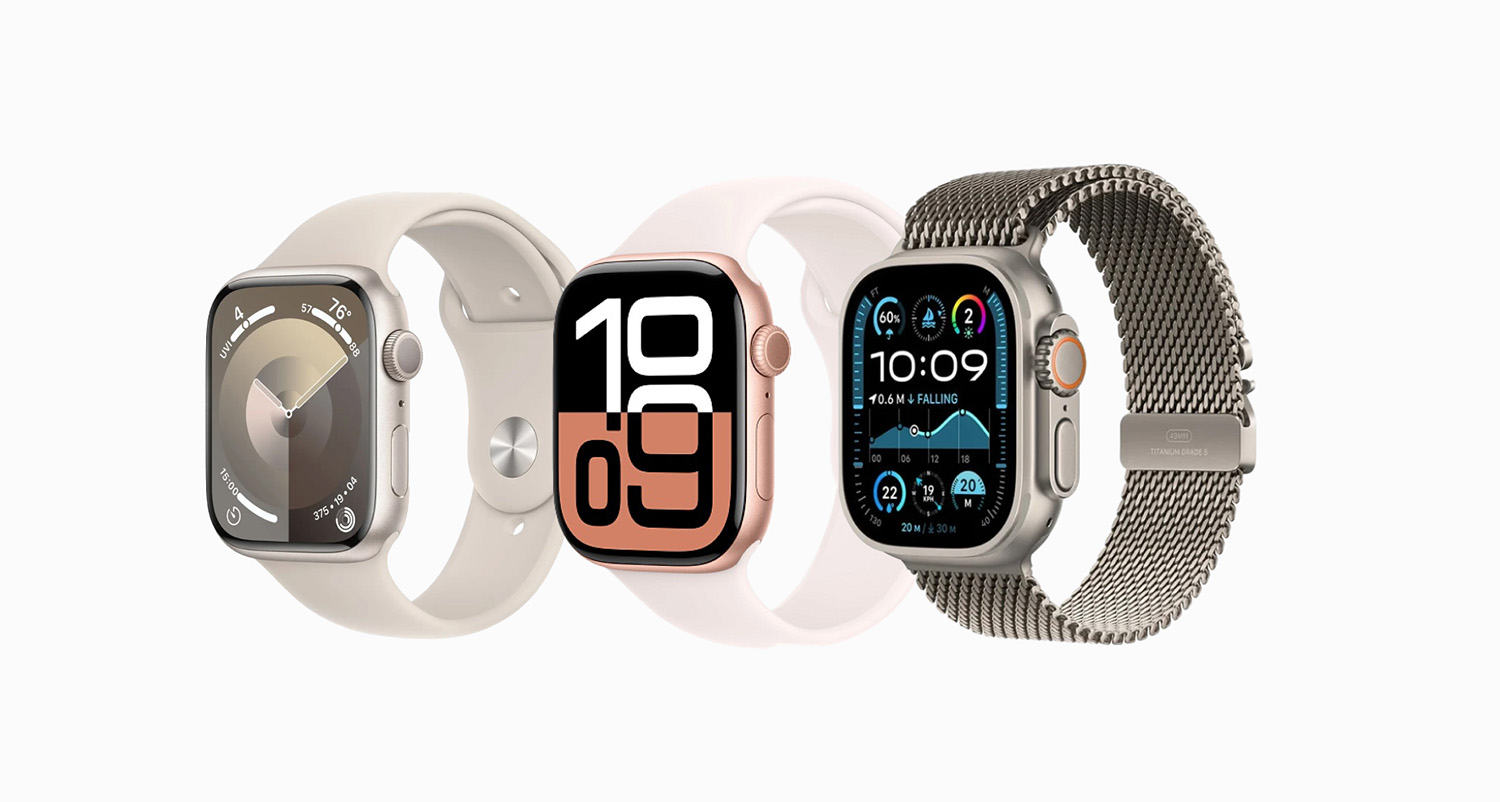
Yesterday, August 14, Apple finally handed good news to everyone in the U.S. who keeps an eye on their health metrics with an Apple Watch. The long-missing Blood Oxygen function is back! Well, sort of.
There is a catch that the function does not work exactly as it did before, and Apple made some changes to meet legal requirements. In other words, you get your oxygen readings again, but not straight from the watch in the way you remember. We’ll walk through what’s different, how you can turn it back on, where to see your results, and, of course, why Apple had to yank it in the first place.
Table of Contents
How Does the Feature Work Now?
The Blood Oxygen function has returned, but not exactly in its old form. Previously, the watch handled everything itself – it flashed its red and infrared lights at your wrist, measured the reflected light, and then instantly showed your blood oxygen level on the display. Now, the hardware on the watch still collects the raw sensor data, but the actual calculation happens on your paired iPhone. As a result, your watch takes the reading, your iPhone does the math, and you check the Health app on the phone to see the number.

This means you no longer get that instant SpO₂ percentage popping up on your wrist. Instead, you’ll need to reach for your iPhone if you want to see the result. Not as seamless, but considering the alternative was “no readings at all,” it’s a fair trade.
Which Apple Watch Models Does This Affect?
Apple says the change only applies to a specific group of watches sold in the United States. The update restores the Blood Oxygen app to certain Apple Watch Series 9, Series 10, and Apple Watch Ultra 2 units that went on sale in the U.S. after January 18, 2024. These watches left the factory with the sensor hardware built in, but the feature was switched off in software. If you owned one of these, you could watch the red sensor lights glow all you wanted – they wouldn’t give you a single reading, because they were basically there for decoration.

To unlock the feature now, you need to update your iPhone to iOS 18.6.1 or later and your Apple Watch to watchOS 11.6.1 or later. Without both updates, nothing changes.
If you bought your Apple Watch in the U.S. before mid-January 2024, or you purchased it in any other country, you never lost the function. Your Blood Oxygen app has worked the same way since day one. In short, the restriction only hit brand-new U.S. watches after the legal dispute began. Everyone else just sat back and watched the drama, occasionally wondering why some people suddenly had “oxygen envy.”
Why the Blood Oxygen Feature Disappeared and How Apple Found a Way Around It
The sudden vanishing act of the Blood Oxygen app in the U.S. had nothing to do with a bug or Apple deciding the feature wasn’t “important enough.” It was the result of a patent dispute with Masimo, a medical technology company best known for hospital-grade pulse oximeters. Masimo accused Apple of using its patented technology without permission, and of poaching some of its employees for good measure. The U.S. International Trade Commission took the claims seriously and, in late 2023, ordered an import ban on Apple Watch models with the blood oxygen sensor.

Faced with that ruling, Apple pulled a move that could be called “creative compliance.” First, it paused sales of the affected watches in the U.S. Then it quietly resumed selling them in January 2024, but with the Blood Oxygen feature disabled on new units. The hardware stayed inside, but the software switch flipped to “off.” In effect, you were buying a high-end health tracker with one of its main health features wrapped in red tape.
While the lawyers kept the appeals process rolling (and it is still rolling), Apple’s engineers went to work on a workaround. The goal was to restore the feature without violating the patent claims. Their solution was to split the process into two. The watch still shines its red and infrared lights to gather raw data, but the paired iPhone now handles the actual calculation. This approach moves the patented part of the process off the watch and into the phone, sidestepping the legal blockade.
U.S. Customs reviewed this new method and gave it the green light. That approval opened the door for the August 14 update, which reactivates the Blood Oxygen feature, at least in this altered form, for U.S. owners of the affected models. The legal fight with Masimo isn’t over, but Apple has made sure its customers don’t have to wait years to get their oxygen readings back. And yes, it’s a little ironic that a feature designed to make you breathe easier returned thanks to a legal workaround that probably gave Apple’s lawyers a few sleepless nights.
Final Thoughts
It’s hard not to give Apple credit here – when faced with a ban, they didn’t just shrug and move on. They found a technical workaround, got it past U.S. Customs, and shipped it out in a software update. The legal fight with Masimo still hangs in the background, but for everyday users, the end result is simple – the Blood Oxygen feature is back.
There’s no tidal wave of public reaction yet, but let’s be honest, who’s going to complain if the same U.S. Customs that enforces the ban says “yes” to the fix? As long as the readings stay accurate and the updates roll out without glitches, most owners will be too busy checking their oxygen levels to worry about the fine print. And if history is any guide, Apple will keep finding ways around obstacles until the lawyers call it a day.






